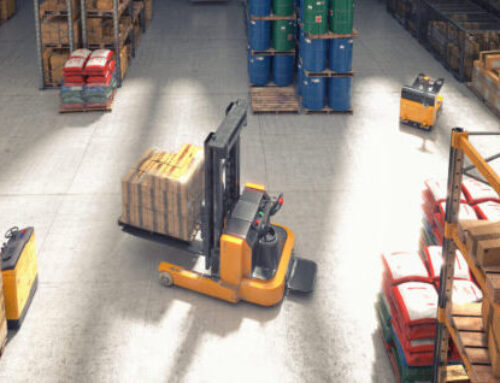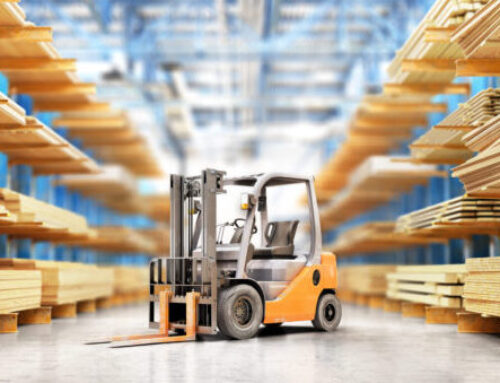The Hunley Herald: The Building Materials Zeitgeist
Building Materials: The New Toilet Paper
Theme 1: Building Materials; The New Toilet Paper.
Between April and May of 2022, Hunley strategists sampled the outlook and collected pain points from a sample representation of our clients across the building materials manufacturing sector.
One of the main themes we ran across was the shortages in the Building Products Industry. Extraordinary demand pressures in the building materials market had created conditions akin to the early days of COVID when toilet paper scarcely graced a shelf, and people were hoarding it in ways that made little sense. Building Products IS the new toilet paper.
One consistently reported pain is that supply chains remain chaotic and represent a profound problem for them. The struggle to get a consistent and predictable supply of raw materials, they’re experiencing a lot of inflationary pressures, and their customers and customers’ customers are all feeling strained. Like the microchip shortages constraining auto manufacturers, small essential parts from the bill of materials can hold up production when all other elements are available. They also see considerable evidence of irrational behavior by the channel in response.
The exceptions are companies that essentially do all onshore sourcing. Even those firms find it challenging when their materials must interface with other products to fabricate a building are unreliable.
A sampling of viewpoints:
- “Our customers are getting screamed at because they can’t deliver; they then scream at us because we can’t supply them.”
- “We’re on allocation, with lead times of nine months. We couldn’t sell any more if we wanted to.”
- “Supply chain issues are easing a bit, but it’s a game of Whack-a-Mole.”
- “Backlogs are high through distribution.”
- “I know contractors who have leased 4 warehouses and are loading them up with spare [product]”
- “Competitors are doing stupid things with raw material acquisition.”
- “I’d love to have shipment visibility within Salesforce. But we don’t have reliable schedules in SAP, so there’s not much point. We can’t plan on the inbound materials, we can’t schedule the fabrication, we can’t lay out the deliveries.”
- “We’ve designed a raw material supply chain that is essentially all domestic, so we’re in a superior position to our competitors.”
Theme 2: People Problems
Next being reported is one more layer of pressure on the supply chain that adds to the shortages. Even if they could get the raw materials, manufacturers are doubly constrained to hire the people to increase capacity, fabricate a product, ship it, and support it. And if they can get it there, their contractors can’t find adequate labor to install it.
With historically low unemployment coupled with the effects of The Great Resignation, clients are struggling to hire and staff their priorities. They also feel tremendous pressure to hang onto their existing employees with the talent competition.
A sampling of viewpoints:
- “Human capital is a mess.”
- “Hiring is impossible.”
- “We’ve got 200 trucks but only 180 drivers. And 10% of those don’t show up daily.”
- “Retaining the people we do have is imperative.”
What is coming next? How do we face these shortages while maintaining our employees and hiring new ones? And when will the shortages improve? These are the questions at the forefront of everyone’s mind.






